
| Recorded by: Taylor Piephoff on 2025-08-16
Mecklenburg Co.
Comment: | 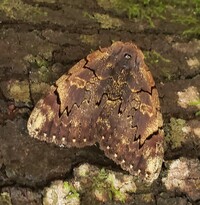
| Recorded by: Russell James & Jacob Brown on 2020-08-12
Cumberland Co.
Comment: |
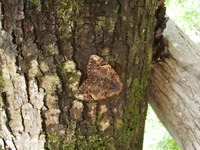
| Recorded by: Russell James & Jacob Brown on 2020-08-12
Cumberland Co.
Comment: | 
| Recorded by: Hunter Phillips on 2019-11-07
Onslow Co.
Comment: |
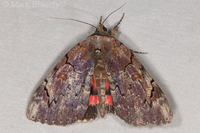
| Recorded by: Mark Shields on 2019-09-19
Onslow Co.
Comment: | 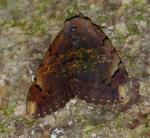
| Recorded by: F. Williams, S. Williams on 2018-07-01
Gates Co.
Comment: |
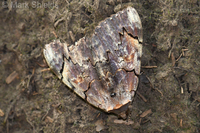
| Recorded by: Mark Shields on 2017-09-24
Duplin Co.
Comment: | 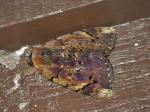
| Recorded by: j.wyche on 2017-08-27
Gates Co.
Comment: |
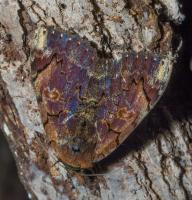
| Recorded by: Larry Gall, Steve Hall, and Bo Sullivan on 2016-08-23
Pender Co.
Comment: | 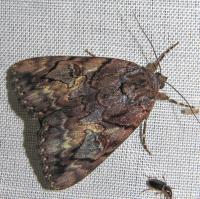
| Recorded by: Ed Corey, Jesse Anderson on 2016-06-24
Washington Co.
Comment: |
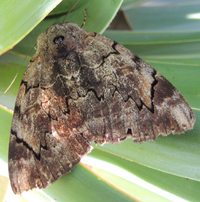
| Recorded by: Britta Muiznieks on 2013-09-29
Dare Co.
Comment: | 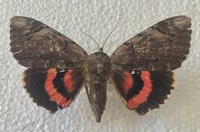
| Recorded by: Darryl Willis on 2013-08-25
Cabarrus Co.
Comment: |

| Recorded by: j.wyche on 2013-08-21
Gates Co.
Comment: | 
| Recorded by: Darryl Willis on 2012-10-23
Cabarrus Co.
Comment: |
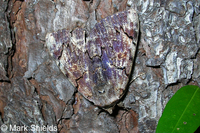
| Recorded by: Mark Shields on 2012-09-29
Onslow Co.
Comment: | 
| Recorded by: SPH on 2012-07-19
Northampton Co.
Comment: wingspan = 8.8 cm; forewing length = 4.0 cm |
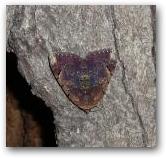
| Recorded by: FKW, SBW on 2007-07-26
Gates Co.
Comment: | 
| Recorded by: SNHS on 2006-08-26
Moore Co.
Comment: |
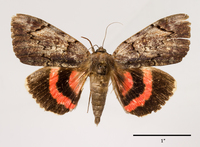
| Recorded by: H. Neunzig on 1973-10-30
Johnston Co.
Comment: specimen at the NCSU Insect Museum; determined as Catocala cara carissima by H.D. Baggett, 1986; wingspan = 8.0 cm; forewing length = 4.0 cm | 
| Recorded by: H. Neunzig on 1973-09-19
Johnston Co.
Comment: specimen at the NCSU Insect Museum; determined as Catocala cara carissima by H.D. Baggett, 1986; wingspan = 7.8 cm; forewing length = 3.9 cm |
|

 »
»

 »
»